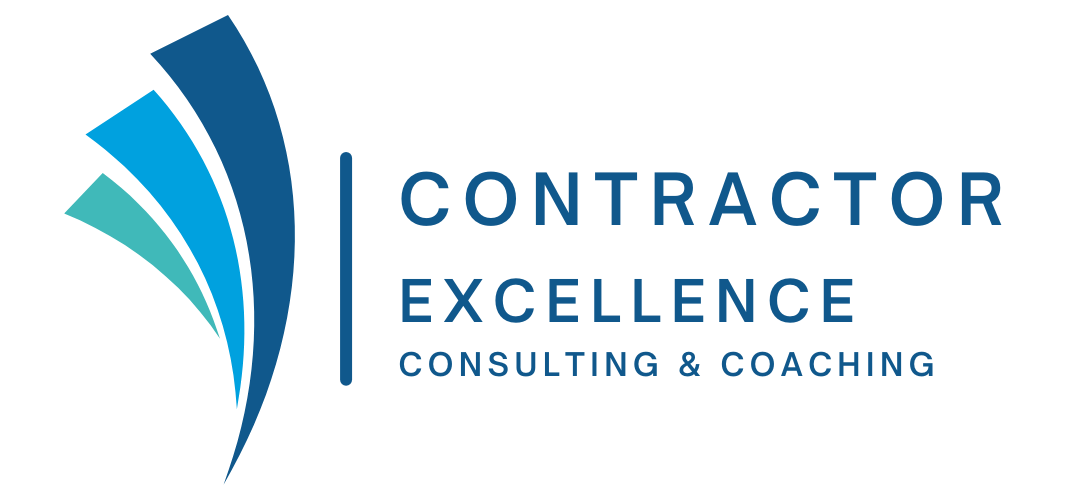The Organizational Chart
Mapping Your Way to Success: The Power of Organizational Charts in Home Service
As a small business owner in the bustling home services industry – whether you're plumbing, HVAC, landscaping, or electrical – you're likely juggling a million things. From managing client calls and scheduling appointments to dispatching technicians and handling invoicing, it's easy to get lost in the day-to-day operations. However, as your business grows, a clear understanding of your team's structure becomes paramount. This is where an organizational chart, or 'org chart,' comes into play. Far from being just a fancy diagram, an org chart is a powerful tool for streamlining operations, improving communication, and ultimately, driving your business forward.
What is an Organizational Chart?
Simply put, an organizational chart is a visual representation of your company's internal structure. It outlines the hierarchy of positions, departments, and reporting relationships within your business. Think of it as a roadmap that shows who does what, who reports to whom, and how different roles connect to achieve your overall business goals. For home service companies, this can range from showing the owner at the top, followed by managers, dispatchers, and then various technician roles (e.g., lead plumber, apprentice electrician).
The Core Purpose of an Organizational Chart for Small Businesses
While larger corporations rely on org charts for complex structures, they offer equally vital benefits for small home services businesses such as:
Clarity in Roles and Responsibilities:
Have you ever had a technician unsure who to ask about a specific client issue, or an office assistant wondering if they should handle a particular type of inquiry? An org chart eliminates this ambiguity. It clearly defines who is responsible for what, preventing overlaps, gaps in coverage, and confusion. This means your team can operate more efficiently and focus on their core tasks.
Improved Communication Flow:
A well-designed org chart illustrates the formal communication channels within your business. Employees know exactly who to report to, who to escalate issues to, and who to collaborate with on specific projects. This minimizes miscommunication and ensures information flows smoothly, from the field to the office and back again.
Streamlined Onboarding and Training:
Are you bringing new technicians or office staff into your team? An org chart provides a quick and clear overview of the company structure. New hires can easily understand their political place within the organization, their reporting line, and how their role contributes to the bigger picture. This speeds up the onboarding process and gets new employees productive faster.
Facilitating Growth and Succession Planning:
As your home services business expands, an org chart helps you visualize where new roles might be needed and how they'll integrate into your existing structure. It also aids in succession planning, allowing you to identify potential future leaders and map out their growth paths within the company.
Identifying Bottlenecks and Inefficiencies:
Sometimes, a visual representation of your team can reveal areas where workloads are unevenly distributed or where communication pathways are unnecessarily complex. An org chart can help you identify these bottlenecks and make strategic adjustments to improve efficiency.
Types of Organizational Charts and Their Use in Organizational Management
While the core purpose remains consistent, different types of organizational charts emphasize different aspects of your business structure. For small home services businesses, the following are most relevant:
1. Hierarchical (Tall) Organizational Chart:
This is the most common and traditional type of org chart, resembling a pyramid. The owner or top management is at the peak, and the structure branches down to various levels of employees. Each employee has a clear superior, and communication flows from top to bottom.
Use in Home Services: Ideal for smaller, growing businesses where clear lines of authority are essential. For example, the owner might be at the top, followed by a general manager, then team leads for plumbing and HVAC, and finally, individual technicians reporting to their respective leads. This structure ensures clear accountability and quick decision-making.
2. Flat (Horizontal) Organizational Chart:
In contrast to the hierarchical model, a flat organization has fewer layers of management between employees and the top leadership. This promotes more direct communication and empowers employees with greater autonomy.
Use in Home Services: Suitable for very small home services businesses where the owner might directly manage a small team of multi-skilled technicians. This fosters a sense of teamwork and can lead to faster problem-solving as decisions are made closer to the 'front lines.' However, it can become less efficient as the team grows and the owner's direct oversight becomes stretched.
3. Matrix Organizational Chart (Limited Use for Small Businesses):
A matrix structure organizes employees by both function (e.g., plumbing, HVAC) and project. Employees might report to a functional manager and also a project manager.
Use in Home Services: While less common for typical small home services businesses, a hybrid approach might be seen if you take on large, specialized projects that require cross-functional teams. For example, if you have a large commercial renovation project that requires both electrical and plumbing specialists, you might have a project manager overseeing that specific job, with technicians still reporting to their functional leads within the company. This is usually more complex and better suited for slightly larger or project-based businesses.
Creating Your Organizational Chart: Practical Tips for Home Services Owners
Creating an org chart doesn't have to be complicated. Here are some practical tips:
Start Simple:
Begin with the current reality of your business. Who are your key players? What are their primary responsibilities? Who reports to whom?
Use Readily Available Tools:
You don't need expensive software. Microsoft Word, PowerPoint, Google Docs (with drawing tools), or even free online org chart makers can suffice.
Involve Your Team (Optional but Recommended):
While you, as the owner, will define the structure, discussing roles and responsibilities with your team can help ensure accuracy and buy-in.
Keep it Current:
Your business is dynamic. As you hire new staff, expand services, or restructure roles, remember to update your org chart to reflect these changes.
Make it Accessible:
Ensure your team knows where to find the org chart – whether it's pinned on a bulletin board in the office, shared on a cloud drive, or included in employee handbooks.
Conclusion: Invest in Clarity for Sustainable Growth
In the fast-paced world of home services, clarity is a competitive advantage. An organizational chart, regardless of its type, is a fundamental tool for establishing that clarity. It’s an investment in efficient operations, clear communication, and ultimately, the sustainable growth of your small business. By taking the time to map out your team's structure, you're not just creating a diagram – you're building a stronger foundation for success.
Ready to take your home service business to the next level? At Contractor Excellence Consulting & Coaching, we're passionate about helping businesses like yours achieve significant and sustainable growth. With over five decades of collective experience in owning and operating successful home service companies, our team intimately understands the unique challenges you face, and we have developed proven strategies across seven key areas to drive your profitability.
Whether you're looking to boost your bottom line, streamline your daily operations, or attract a consistent flow of new customers, our expert business coaching and innovative creative design services are tailored to your specific needs and goals.
Don't wait to unlock your business's full potential. Explore our range of services and discover how we can help you build a thriving enterprise.
Ready for personalized guidance? Schedule your free, no-obligation discovery call now! Call us directly at 717-868-8610 to speak with one of our experienced partners. We're eager to learn about your business and discuss how our coaching and design solutions can propel you towards greater success. Your journey to business excellence starts here. Contact us today!
Like What You See?
Contact Us to Learn More About Our One-on-One Coaching and Fractional Expertise Services

